Wild predators are showing human-like traits, changing how we see them.
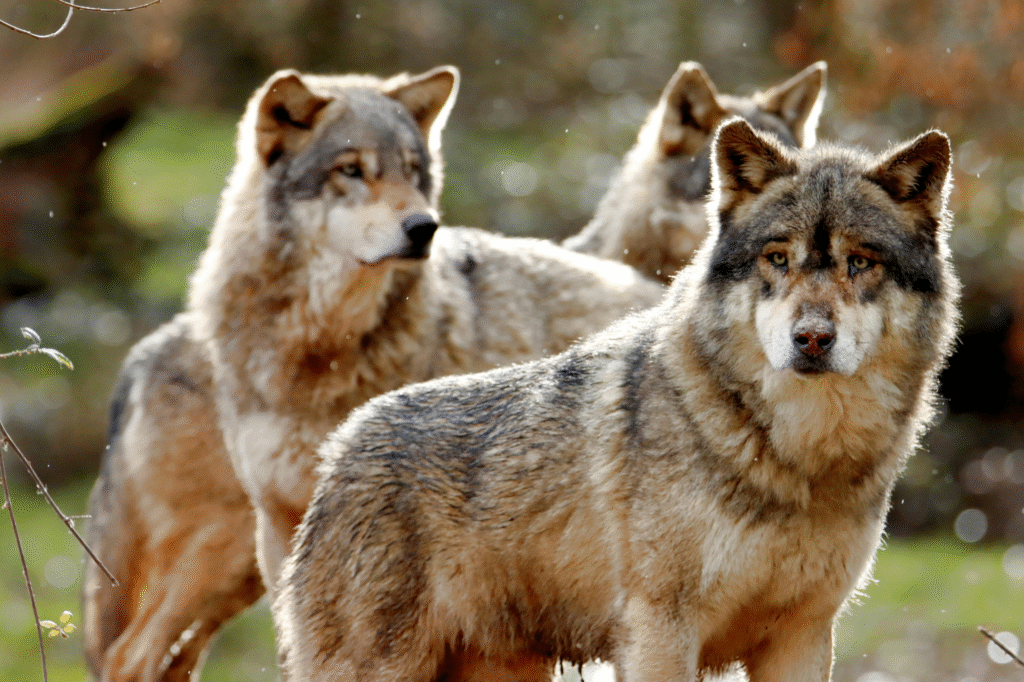
Wolves have been cast as mysterious, untouchable predators for centuries, but new research and field observations show they behave in surprisingly relatable ways. They mourn, form friendships, and even teach their young in ways that feel more human than wild. These are not fairy tales or myths—they are documented moments scientists and locals have witnessed firsthand, revealing wolves as complex and emotional creatures with lives far richer than we imagined.
1. Packs have been seen grieving their dead.
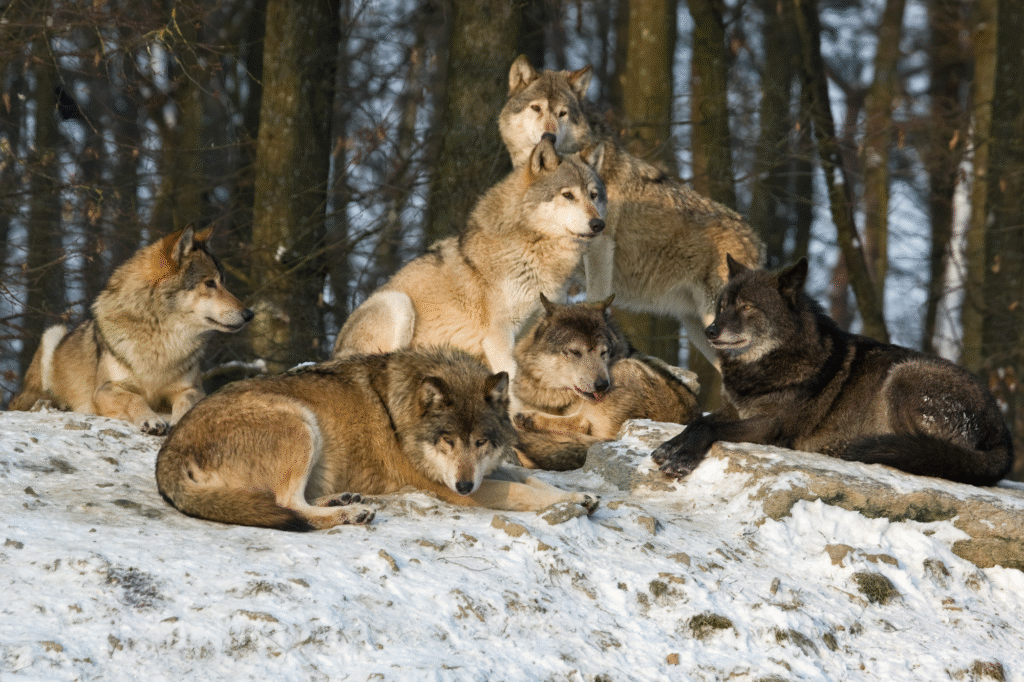
According to researchers at Yellowstone National Park, wolves have been observed returning to the site where a pack member died, howling and pacing for hours. The behavior resembles mourning, a trait previously linked mostly to elephants and humans.
These gatherings suggest emotional depth and strong social bonds within packs. Wolves are loyal to their families, and their grief behavior shows social cohesion is critical to their survival. Watching wild predators take time to honor their dead reframes how we think about emotional intelligence in animals.
2. Rival pups have been adopted like family.
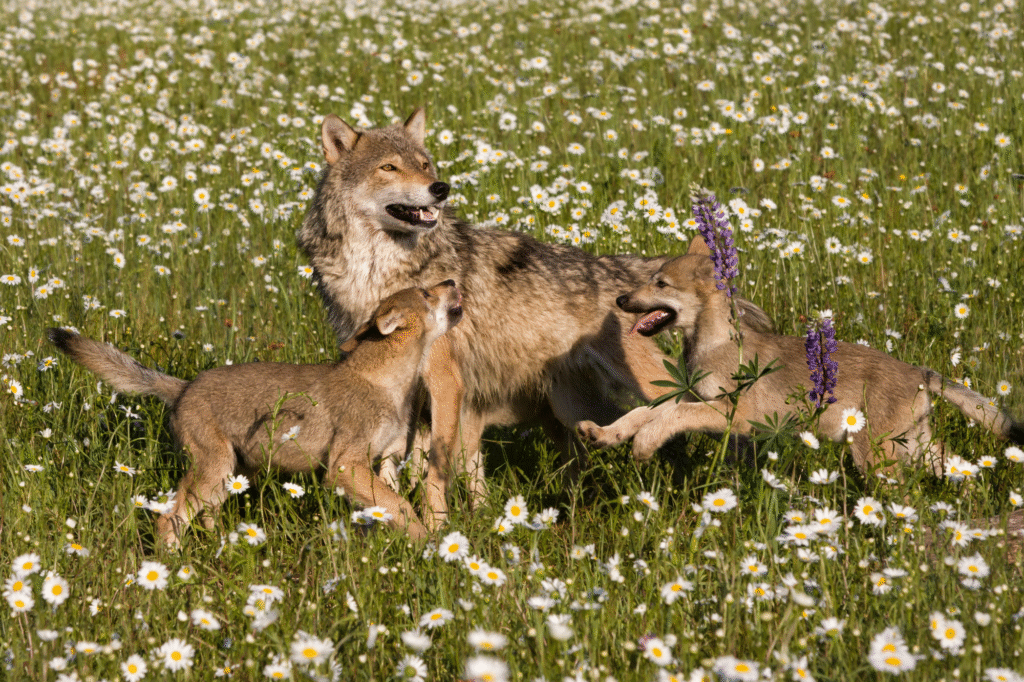
A study reported by Canadian wildlife biologists documented a wolf pack raising orphaned pups from a rival group as their own. Adoption in the animal world is rare and typically risky, yet these wolves fed and protected pups unrelated to them.
This behavior suggests that wolf social systems can flex under extreme conditions. By sharing resources and caregiving, the pack not only saved the pups but also strengthened its size and stability, a move that ultimately improved survival odds for everyone involved.
3. Injured members still get fed.
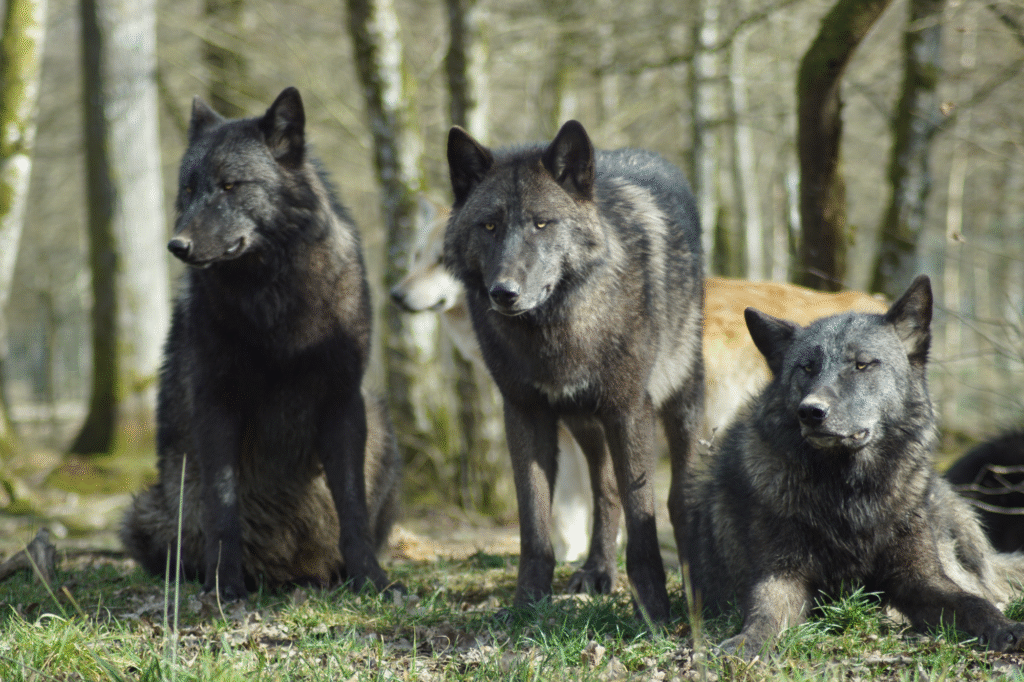
As discovered by Scandinavian field researchers, wolves regurgitate food for packmates too injured to hunt. They actively look after members that cannot contribute, a behavior that mirrors how humans care for sick relatives.
This act of generosity comes at a cost, as wolves providing food risk going hungry themselves. Yet packs seem to value the survival of each member, prioritizing social responsibility over individual gain. It shows compassion in the wild is not unique to people—it exists in other apex predators too.
4. A wild wolf became a neighborhood regular.
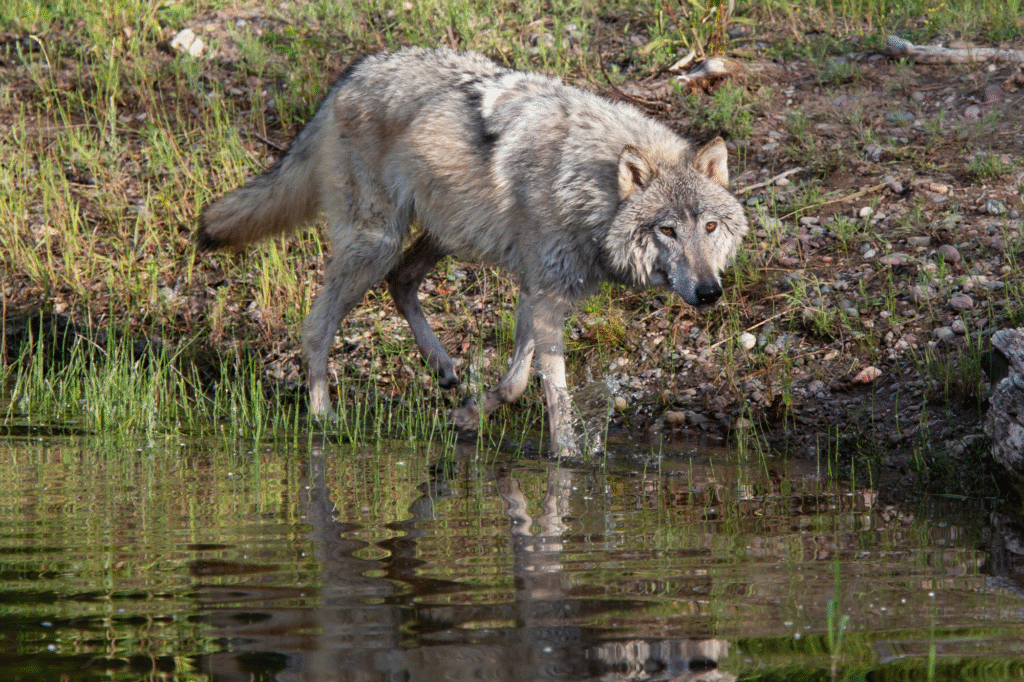
In Juneau, Alaska, a wolf nicknamed Romeo famously spent years socializing with domestic dogs and local residents. He approached playfully, often rolling over or bowing to invite games without ever showing aggression.
Wildlife specialists confirmed Romeo remained a wild wolf, hunting on his own, yet choosing to interact peacefully with a community of people and pets. For locals, the experience became a rare example of coexistence, proving wolves are capable of peaceful, voluntary bonds outside their own species.
5. Lifelong partners stay together through every season.
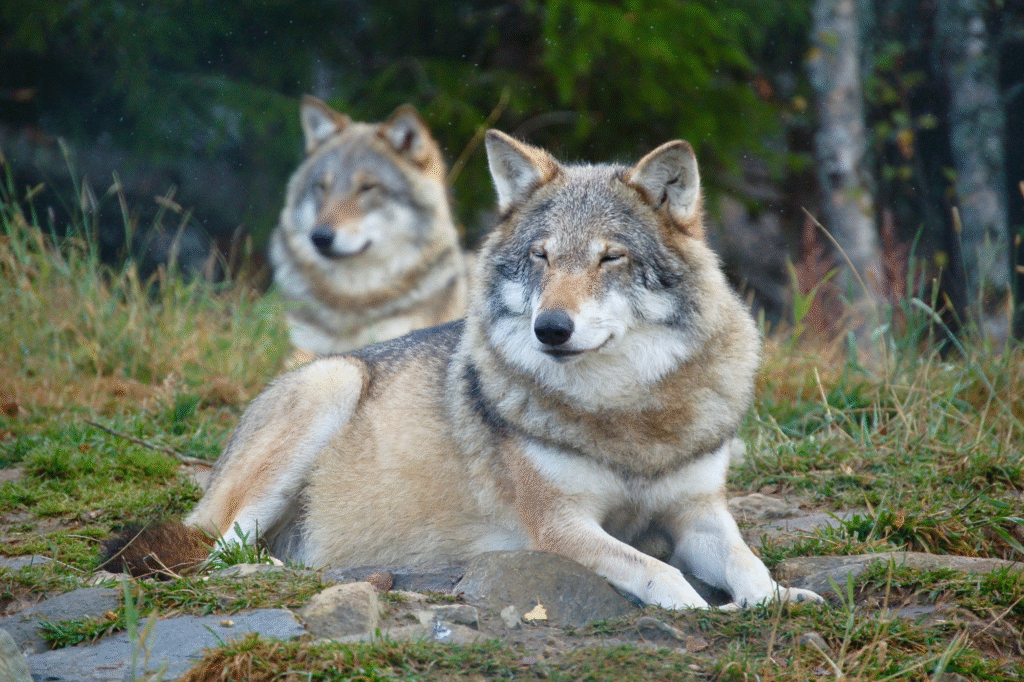
Wolf biologists studying gray wolves in Minnesota found that many pairs stay bonded for life, raising litters together year after year. This is different from many wild species that form seasonal or short-term pairings.
Such long-term loyalty creates stronger family units and ensures pups have both parents for protection and training. It is a survival strategy that feels strikingly similar to human family planning and partnership, showing wolves are wired for connection as much as for competition.
6. Complex problem-solving shows up in pack teamwork.

At the Wolf Science Center in Austria, captive wolves learned to solve puzzles and mechanical challenges, such as rope-pulling teamwork exercises, often faster than some dog groups tested under similar conditions.
This problem-solving ability reveals wolves can plan ahead and work together, adjusting strategies based on previous failures. That level of intelligence, paired with cooperation, echoes behaviors humans often associate with innovation and team success.
7. Howls act like personalized family voices.

Yellowstone wolf recordings revealed distinctive howling patterns unique to each pack, functioning almost like regional accents. Packs can identify one another’s calls across vast territories, reducing conflicts and keeping families connected.
These vocal signatures work like social names, proving wolves can use sound to maintain bonds and navigate relationships even when separated by miles. The complexity of these vocalizations adds another layer to their emotional and social intelligence.
8. Wolves play just for the joy of it.
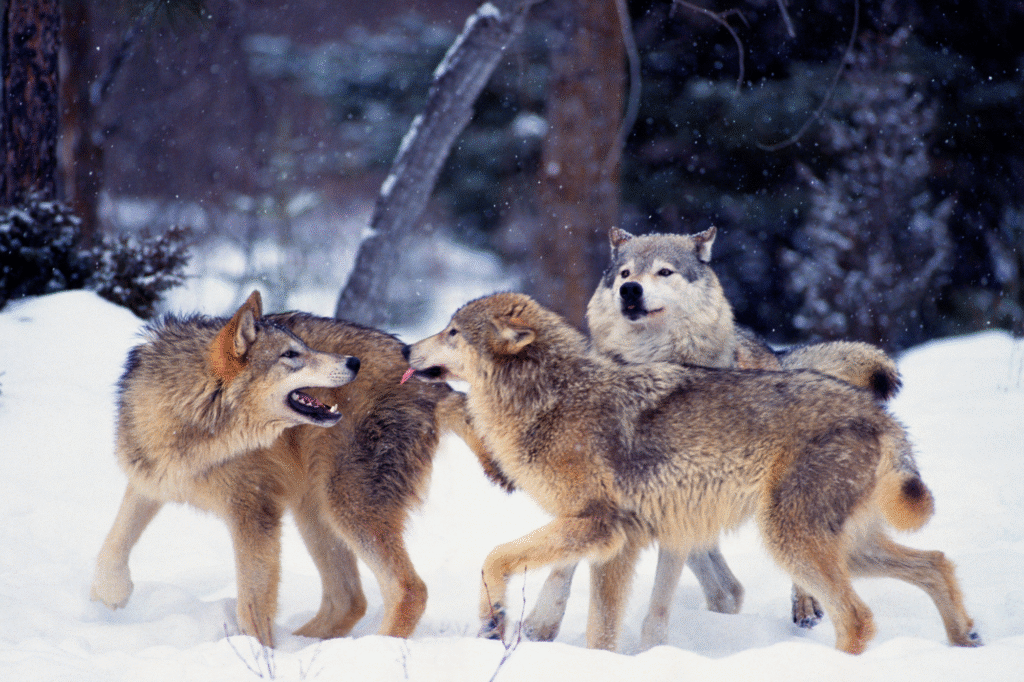
Alaskan biologists have documented wolves chasing each other with sticks, tossing them in the air, and even hiding them like prizes. These play behaviors serve no hunting purpose, happening well after feeding and travel needs were met.
Play for the sake of fun is a trait humans associate with advanced social animals, yet wolves embrace it too. That joy-driven activity builds social trust and helps strengthen family bonds in ways survival tasks never could.
9. Teaching pups involves intentional lessons.
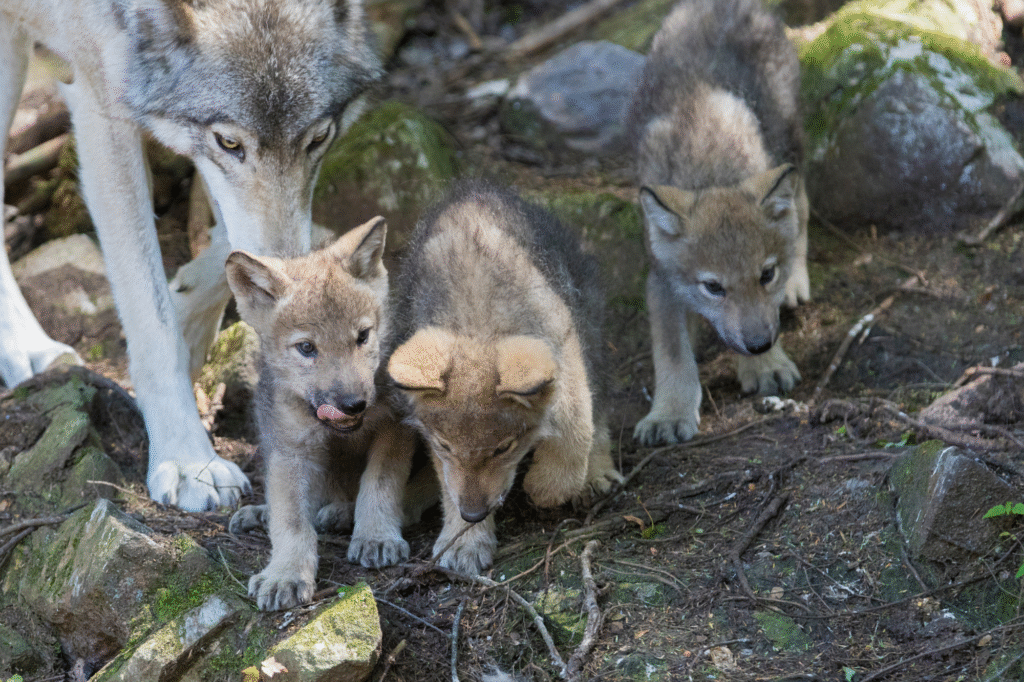
Wildlife footage from Norway shows adult wolves deliberately slowing movements while hunting, allowing pups to watch and mimic stalking behaviors. They even pause mid-pursuit to encourage youngsters to catch up.
This level of patience suggests wolves understand skill-building beyond instinct. Teaching is a hallmark of human parenting, and seeing wolves use it too highlights how flexible and forward-thinking they can be when raising future hunters.
10. Neutral zones prevent pack wars.

Wolf packs in overlapping territories often leave buffer zones where neither side hunts or dens, reducing direct conflict. This behavior resembles human agreements over borders or neutral spaces to prevent war.
The ability to avoid unnecessary conflict shows cognitive restraint and a social structure built on long-term stability. For highly territorial predators, choosing peace over competition is surprisingly strategic and forward-looking.
11. Friendships sometimes cross species lines.

In parts of North America, wolves have been observed traveling with coyotes or even temporarily tolerating lone foxes in their territory. These partnerships are unusual but seem linked to shared hunting opportunities or resource scarcity.
Cross-species cooperation shows wolves are flexible enough to shift their behavior when survival requires it. It also challenges assumptions that wolves are rigidly aggressive toward all other predators, proving social complexity runs deeper than previously thought.
12. Wolves actively choose who to trust.

Sanctuary wolves raised around humans have been shown to greet familiar caregivers excitedly while ignoring or avoiding strangers. They differentiate based on previous interactions, similar to how people decide who belongs in their social circle.
That ability to form selective bonds and maintain trust-based relationships echoes human social decision-making. It proves wolves can evaluate others and build relationships beyond basic survival instincts, revealing personalities as unique as any person’s.
